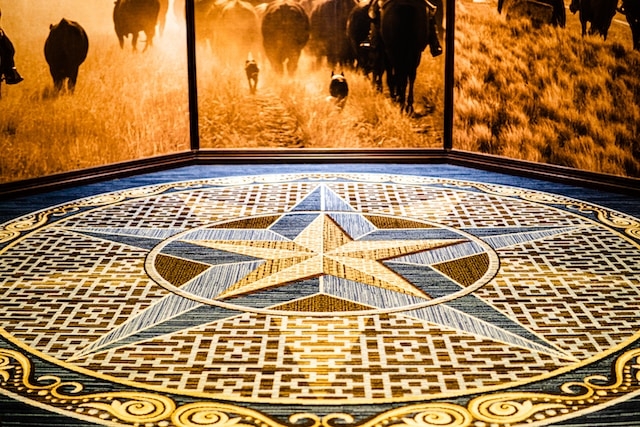
Overview of traditional Native American design elements such as geometric patterns, animal motifs, and tribal symbols
Traditional Native American Floor Area Rug Patterns
Rug making holds a significant place in the history and culture of Native American tribes. For centuries, indigenous peoples have been crafting intricate and beautiful rugs using traditional weaving techniques passed down through generations. These rugs not only serve a practical purpose as floor coverings, but they also hold deep cultural and spiritual significance for many tribes.
The art of rug making is often seen as a form of storytelling, with each pattern and design carrying its own unique meaning. Traditional Native American floor area rug patterns often feature symbols representing elements of nature, such as animals, plants, and celestial bodies. These motifs are believed to bring protection, luck, or blessings to the home where the rug is placed.
In addition to their symbolic importance, Native American rugs are also prized for their craftsmanship and beauty. Skilled artisans use natural materials like wool, cotton, and plant fibers to create intricate designs that showcase their tribe's unique artistic traditions. The vibrant colors and geometric patterns found in these rugs reflect the rich cultural heritage of Native American communities.
Today, Native American rugs continue to be highly sought after for their beauty and craftsmanship. Many tribes have preserved their traditional weaving techniques despite modern influences, ensuring that this ancient art form continues to thrive. By supporting indigenous artisans and purchasing authentic Native American rugs, we can help preserve this important aspect of native culture for future generations to appreciate and enjoy.